Wrecking bars and crowbars are common tools used for prying and levering on a variety of objects. In this post, we'll explore the key differences and uses between wrecking bars and crowbars, and which one you should choose. Let's get started!
Wrecking bars
A wrecking bar is a hand tool that’s designed to pull objects apart. A wrecking bar is made from a steel alloy and flattened into a strong bar containing a claw, flattened, or pointed end.
Wrecking bars are versatile tools many woodworkers have in their toolboxes. The flattened portion allows the metal to work as a lever, and the tools at the end work for poking holes, ripping out nails, and pulling items apart. Many wrecking bars receive heat treatment that transforms them into powerful tools before getting coated with a rust-resistant substance.
Pressing open paint cans
Opening windows that are stuck
Removing tiling on a floor
Opening car doors that are jammed
Getting rid of molding
Breaking glass
These are just a few of the uses for pry bars, they come in handy in a variety of situations!
Crowbar
A crowbar is a tool that uses leverage to push items open. On a crowbar, there is usually a smaller chiseled end and a bigger curved spot on the other. Many of them have nail pullers to provide versatile functions for users.
Crowbars are often thinner than wrecking bars, but they provide the same function. It’s easy to get them mixed up because you can accomplish the same task with either.
Remove nails from wood
Easily pry items apart
Demolish items with a powerful hinge
In summary, the main difference between the two is that a wrecking bar is usually flat and thin while a crowbar can be thicker and longer. In most cases, either product will work for your needs.
For more information visit this link.
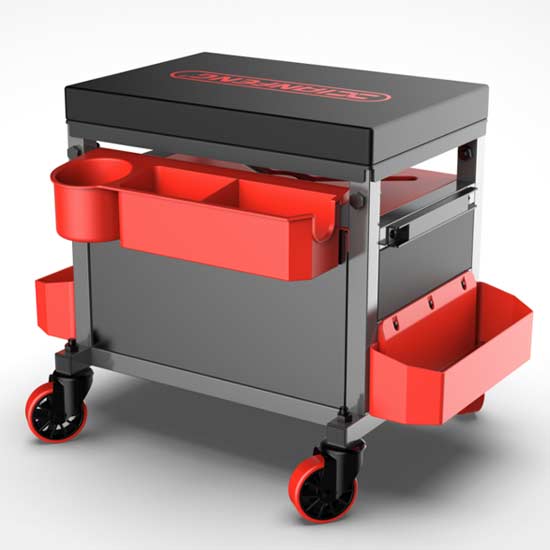 Tool seat
Tool seat
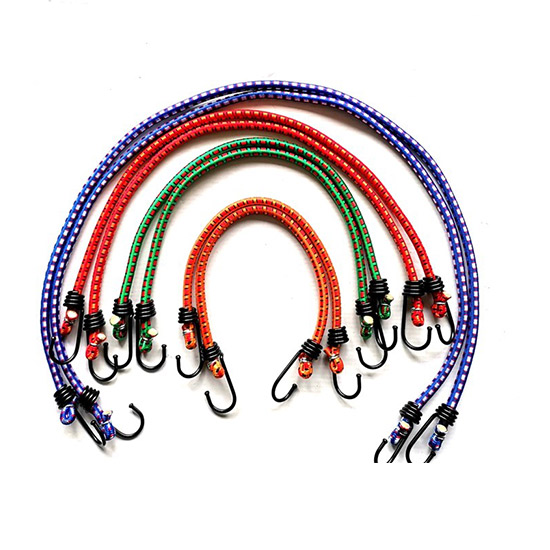 Stretch Cord
Stretch Cord
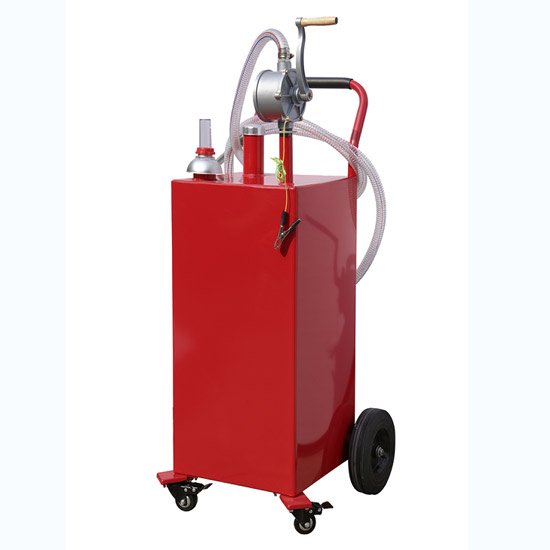 Oil Pump
Oil Pump
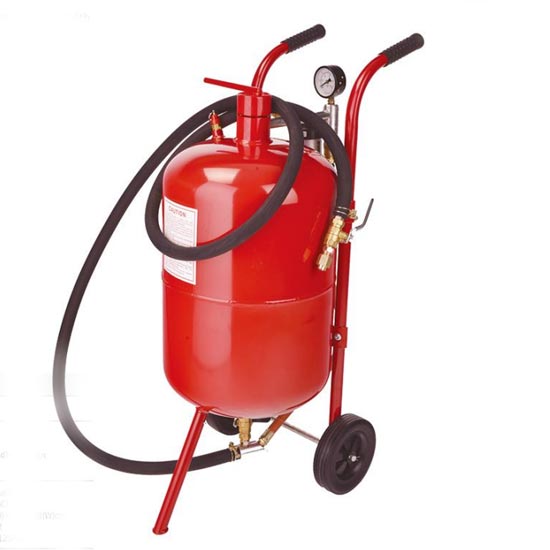 Sandblast Pot
Sandblast Pot
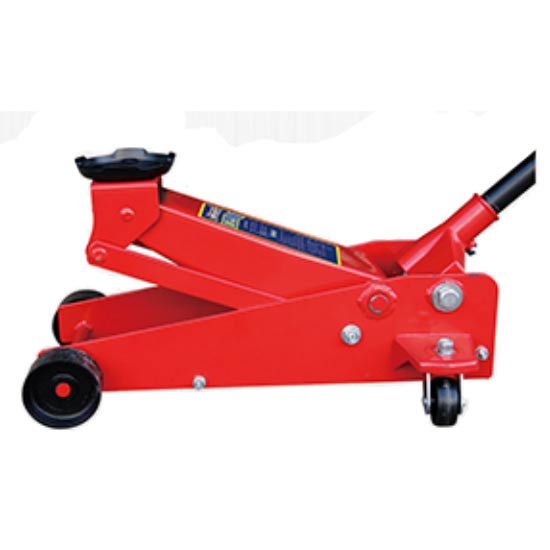 2.25 Ton Hydraulic Floor Jack
2.25 Ton Hydraulic Floor Jack
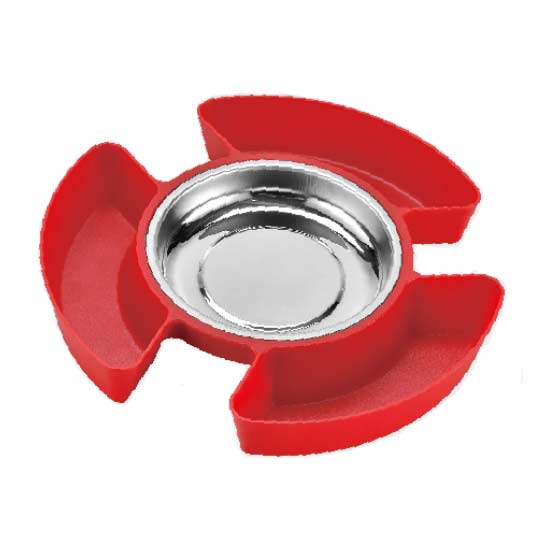 Magnetic Tray With Tool Plate
Magnetic Tray With Tool Plate
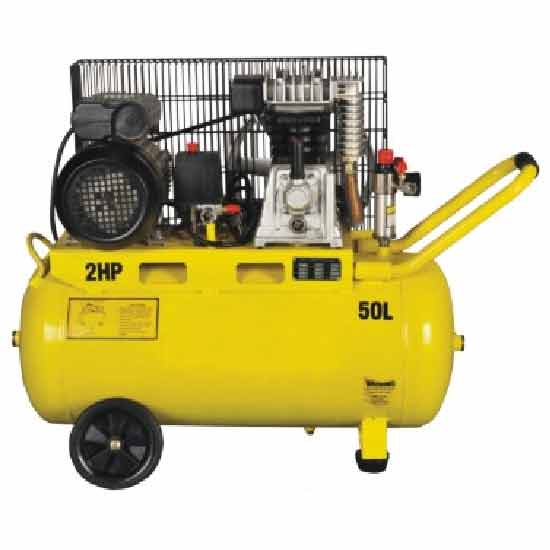 Single-stage Air-cool Movable Air Compressor
Single-stage Air-cool Movable Air Compressor
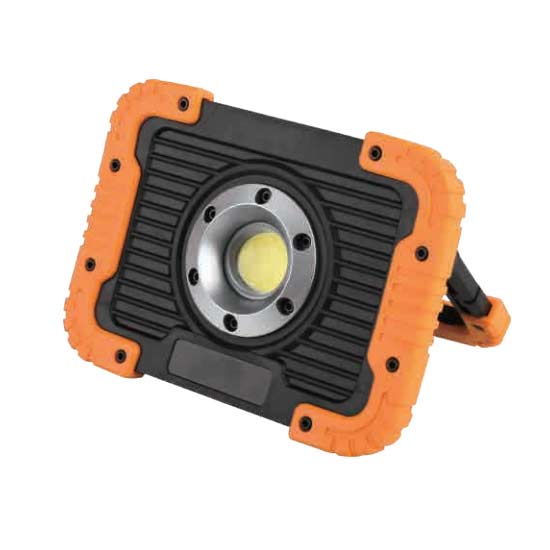 10W Rechargeable Led Flood Light
10W Rechargeable Led Flood Light
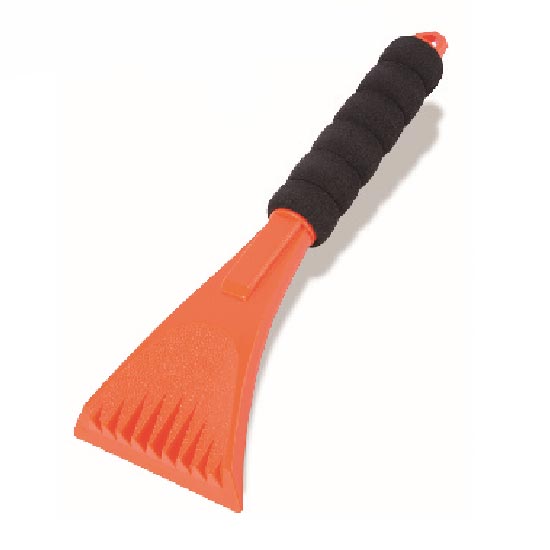 Ice Scraper
Ice Scraper
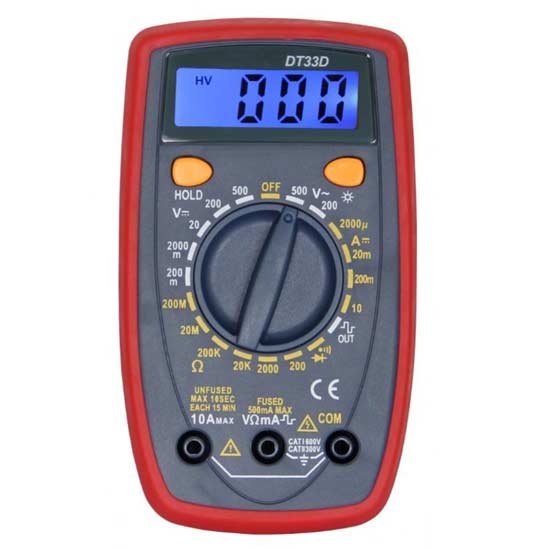 Small Multimeter with Backlight
Small Multimeter with Backlight
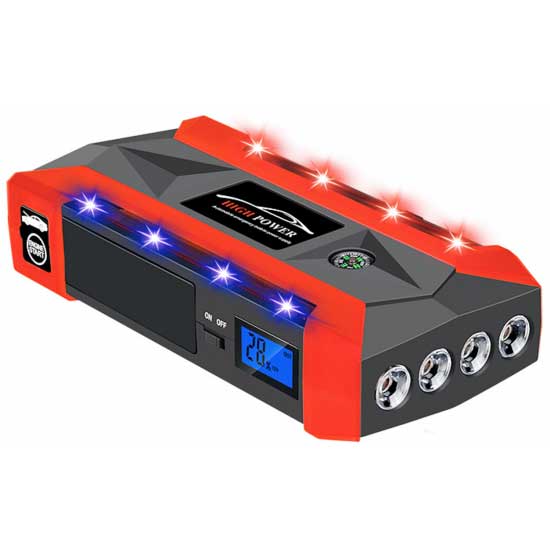 Jump Starter With 4 Led Lights
Jump Starter With 4 Led Lights
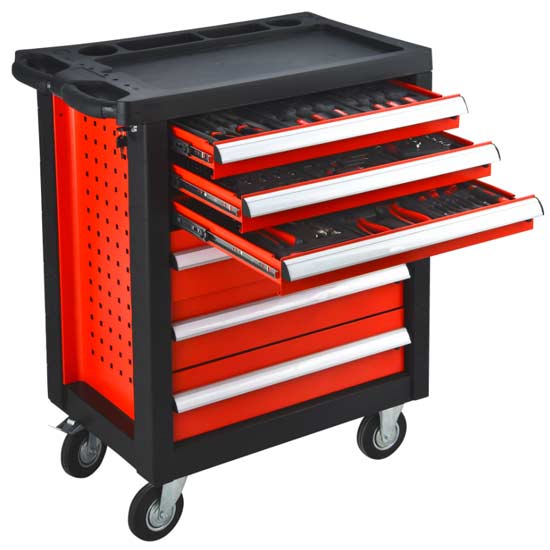 Steel Tool Cabinet
Steel Tool Cabinet
 Large Tool Cabinet
Large Tool Cabinet
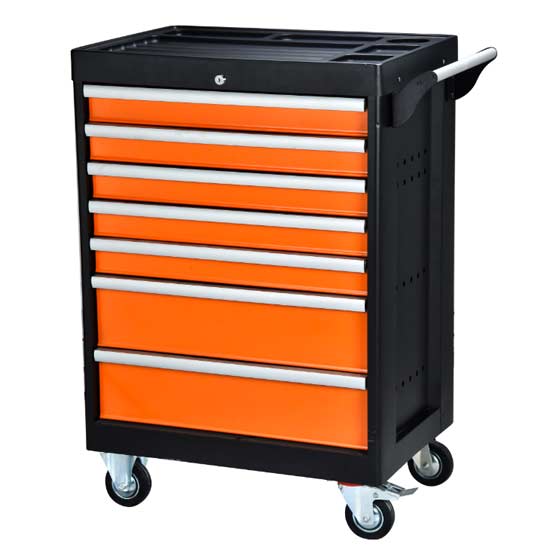 Tool Storage Cabinet
Tool Storage Cabinet
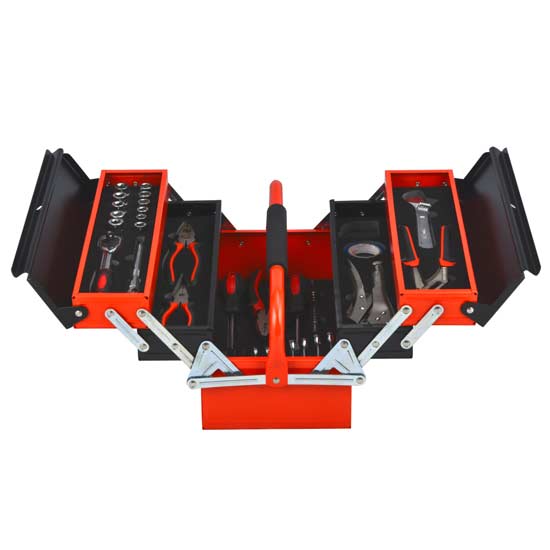 Metal Tool Box
Metal Tool Box
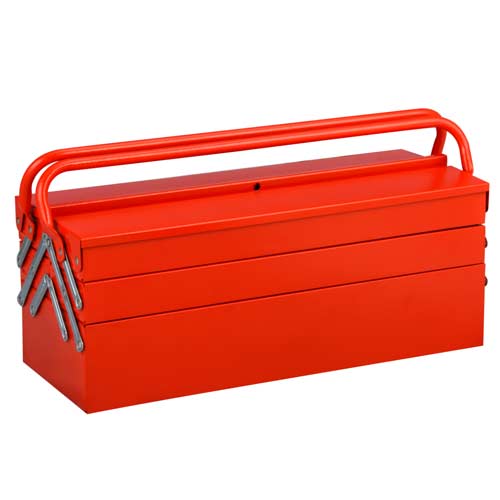 Large Metal Tool Storage Box
Large Metal Tool Storage Box
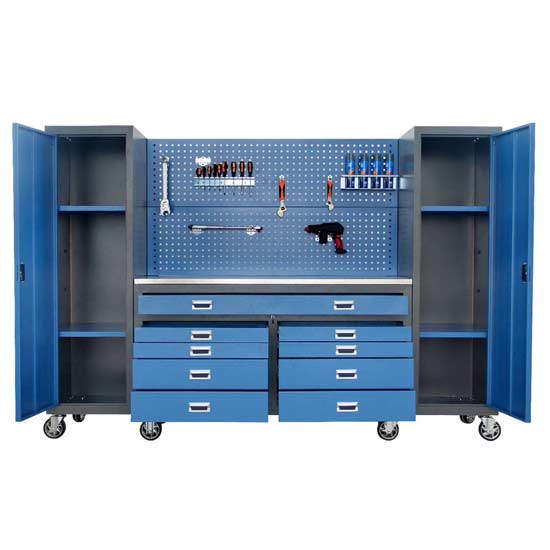 Blue Metal Tool Cabinet
Blue Metal Tool Cabinet
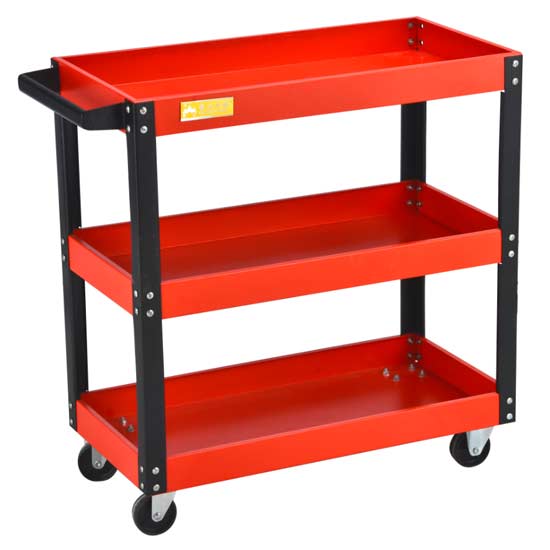 Red Steel Tool Trolley
Red Steel Tool Trolley
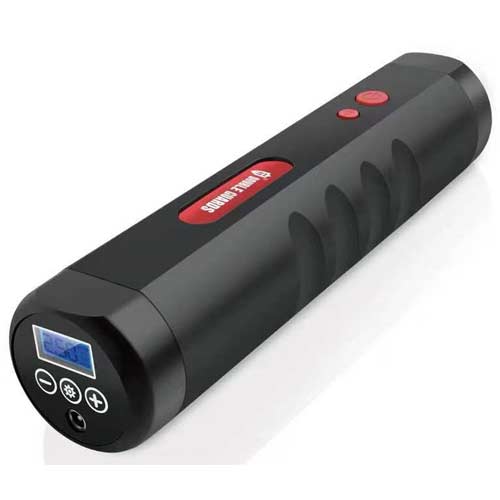 Portable Tire Inflator
Portable Tire Inflator
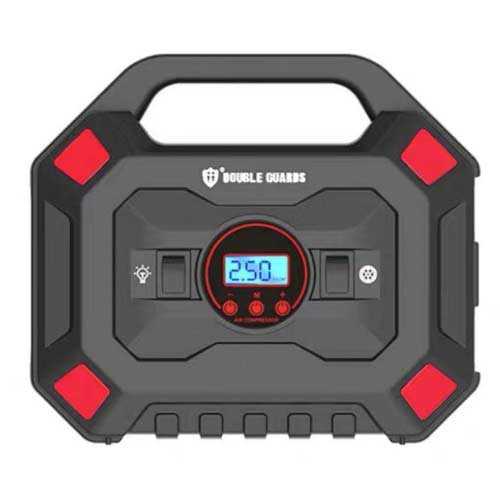 Custom Tire Inflator
Custom Tire Inflator
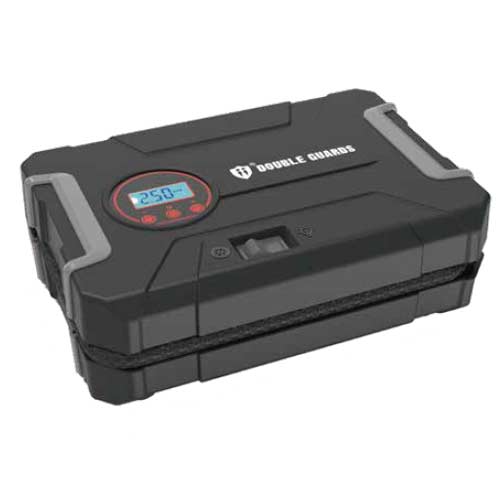 Tire Pressure Pump
Tire Pressure Pump
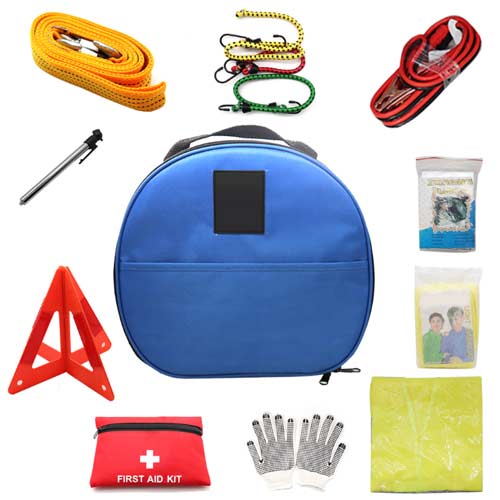 Auto Emergency kit
Auto Emergency kit